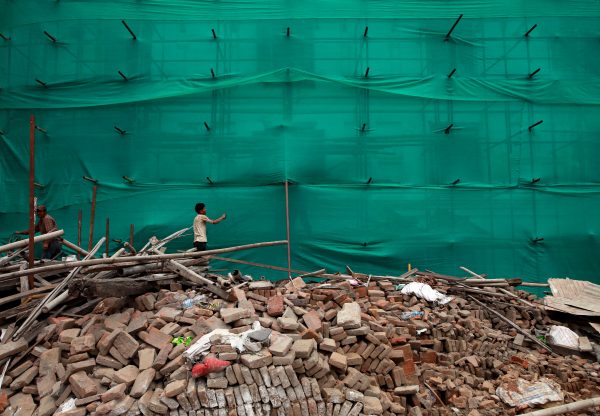In the 1981 film Quest for Fire, a prehistoric tribe in Palaeolithic Europe finds that its most precious possession, a fire, got put out. This presented an existential crisis because, while the tribe knew how to use fire, it did not know how to make it. It is vital to be aware of tipping points and irreversible losses because if the flame gets extinguished, there’s no coming back. Whether it is a conflict with a country or with nature, sustainability calls for managing conflicts for the common good.
Greater resilience is not about simply reinforcing robustness to withstand bigger shocks. Large skyscrapers that can sway do better than rigid ones. Financial strength was no defence against COVID-19, whose dangers include constant mutation. The East Asian experience suggests that adaptive government responses and civic cooperation are what count. Uncertainty calls for stress-tests of system functionality, be it national defence or health care, just as central banks test financial systems.
One lesson learnt from COVID-19 is that risk management for the future must be attended to during the exigencies of crisis management. The resilience of health systems is essential in determining society’s ability to bounce back from pandemics. The damage to socioeconomic systems from shocks depends on their built-in readiness. Just as East Asia learnt from the 1997 Asian financial crisis and was able to withstand the 2008 global financial crisis relatively well, resilience against the next pandemic after COVID-19 will also be determined in part by the risk management measures added during the current outbreak.
The common understanding of risk is as the probability of a shock multiplied by its impact, be it the climate crisis, geopolitical conflict or a pandemic (top dangers as assessed by the 2021 World Economic Forum). Resilience building can modify the probability of a seemingly exogenous shock and make the risk at least in part endogenous, underscoring the possibility of influencing shocks through policies.
The disturbance caused by an initial shock can evolve differently depending on preparedness. The emergence of COVID-19 was an exogenous shock but its effects varied depending on a country’s readiness. Geopolitical conflicts can also seem exogenous but are influenced by investments and actions. For example, a small accident in the South China Sea could lead to differing degrees of aggression and confrontation. The future development of Russia’s invasion of Ukraine may take multiple paths, including unthinkable conflict scenarios at a global scale, but Ukraine’s efforts in resilience building can also shape outcomes.
Natural disasters like floods and storms, a perennial threat to lives and livelihoods in East Asia, have long been considered exogenous shockwaves. But evidence on the anthropogenic nature of climate disasters suggests that mitigation, prevention and adaptation are possible. Climate adaptation, like building sea defences or better drainage systems, is essential given the inevitability of changes underway. Mitigation efforts, like cutting carbon emissions, alter the severity of changes.
Adaptation is politically more palatable as its benefits are felt directly within a country. In contrast, mitigation by one country invokes the risk of free ridership and a moral hazard of avoidance of action by another. That said, mitigation, complementing adaptation, is the key to the survival of the planet.
The confluence of risks — from geopolitical dangers to the climate crisis — calls for a paradigm shift in emphasising resilience building. When threats combine exogenous and endogenous dimensions, as they often do, the emphasis needs to be not only on adaptation to the inevitable but also mitigation. The world has underinvested in mitigating risks, as seen in the case of climate change by the continued rise of carbon emissions. It is time to fundamentally change the way policymakers around the world think about crisis management and resilience and invest far more into mitigation efforts.
Danny Quah is Dean and Li Ka Shing Professor in Economics at the Lee Kuan Yew School of Public Policy, National University of Singapore.
Vinod Thomas is a Visiting Professor at the Lee Kuan Yew School of Public Policy, National University of Singapore.

